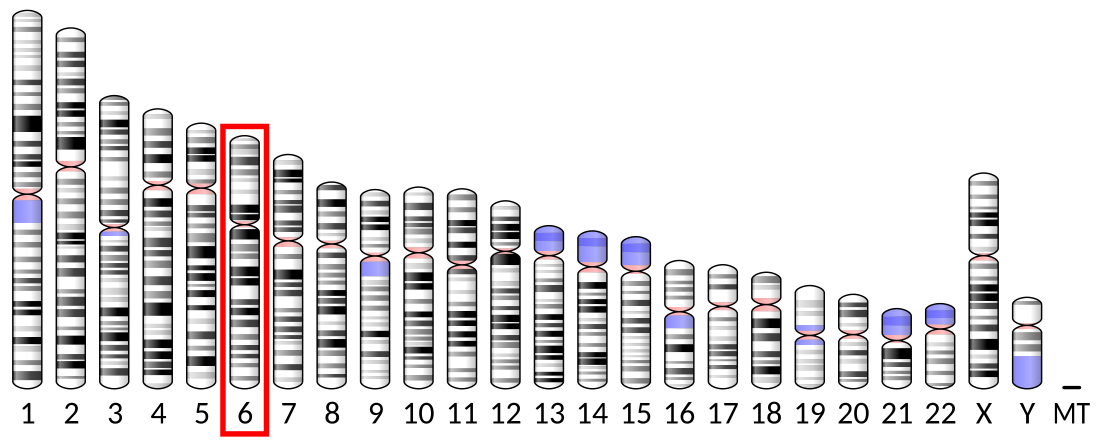Trace amine-associated receptor 5 is a protein that in humans is encoded by the TAAR5 gene.[5][6][7] In vertebrates, TAAR5 is expressed in the olfactory epithelium.[8]
Quick Facts Identifiers, Aliases ...
Close
Human TAAR5 (hTAAR5) is a functional trace amine-associated receptor which acts as an olfactory receptor for tertiary amines.[8][9] Trimethylamine and N,N-dimethylethylamine are full agonists of hTAAR5.[9][10][11] The amber-woody fragrance timberol antagonizes this activity of trimethylamine.[12] 3-Iodothyronamine is an inverse agonist of hTAAR5.[13][14] Recent studies highlighted the significant role of TAAR5 in the central nervous system and periphery. Beta-galactosidase mapping of TAAR5 expression showed its localization not only in the glomeruli but also in deeper layers of olfactory bulb projecting to the limbic brain olfactory circuitry. Moreover, TAAR5 knockout mice show increased adult neurogenesis and elevated number of dopamine neurons. Also, it was observed statistically significant changes in osmotic erythrocyte fragility in TAAR5-KO mice.[15]
Mutations in the TAAR5 gene were found to affect human olfaction. Icelanders with a mutation in the gene were less likely to describe fish smell containing trimethylamine as unpleasant, and described licorice odor and cinnamon odor more intensely.[16]





